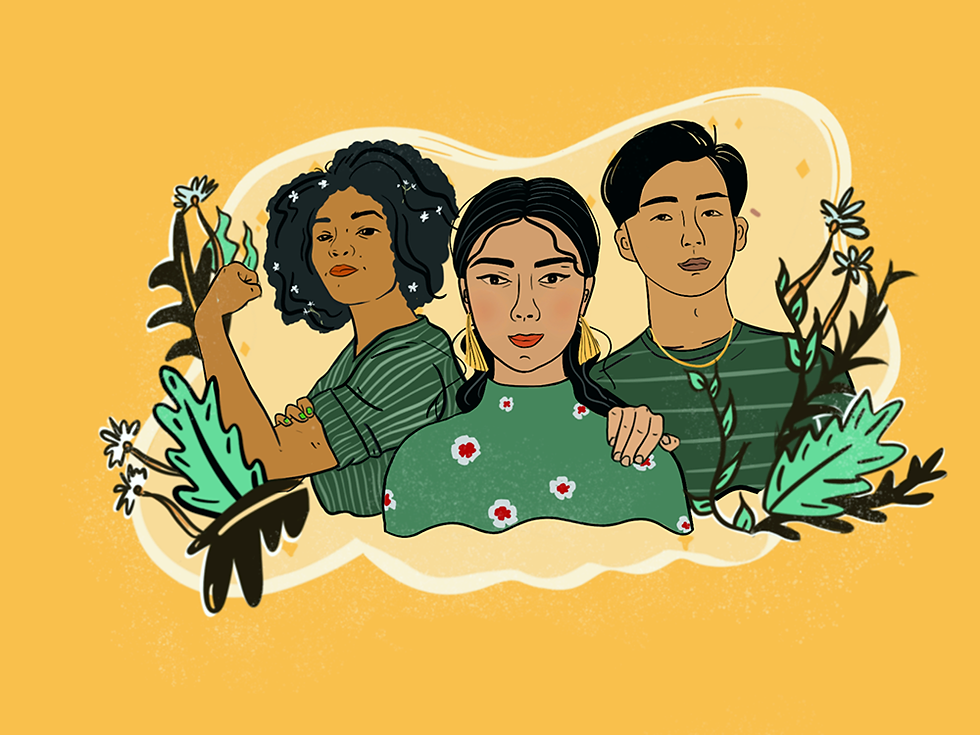30 REVOLUTIONARY ASIANS AND PACIFIC ISLANDERS TO CELEBRATE FOR AAPI HERITAGE MONTH
- amudaujyalo
- Sep 23, 2021
- 2 min read
May is Asian American and Pacific Islander (AAPI) Heritage Month in the United States. AAPI heritage month is a celebration of the accomplishments of Asian Americans and Pacific Islanders in U.S. society and culture; most often these lists are made up of AAPI doctors, scientists and those holding positions within the U.S. government. Rarely shared are the stories of those within the AAPI community who have stood up against racism and injustice which shaped a much fairer society, and those who have used the arts as a medium of change. The United States has a long history of extreme racists policies against its Asian and Pacific Islander citizens, and throughout the history of this country, these communities have fought back.
The Chinese in the United States faced great hardships upon their arrival; in 1871, there was a massacre of Chinese immigrants in Los Angeles, California. The Chinese Exclusion Act further legalized anti-Chinese sentiments. Chinese radicals fought against the abuses they faced and did not stay silent. Chinese women in the garment industry made history through strikes and uprisings in the 1980s, and Su Ko Lee led a strike in the 1930s fighting for higher wages.
U.S. citizens of Japanese descent were rounded up and sent to incarceration camps during WWII; Canada followed suit and sent their Japanese citizens to similar camps. Durning this time, the governments of Perú, Chile, Argentina and México sent many of their citizens of Japanese origin to the United States to be detained.
The U.S. genocide and enslavement of Filipinos during war and colonization is still virtually unknown to many, as is the fact that Filipino labor workers first began organizing and striking in agricultural fields, pioneering the farm labor movement in the United States.
The U.S. government brutalized South East Asia during the Vietnam War; over 2 million tons of cluster bombs where dropped in Laos, simply because if its geographic location to Vietnam, making it the most bombed country in the history of humanity—creating a legacy of death, trauma and amputations. The U.S. government also recruited Hmong child soldiers to fight the Vietcong and caused a major refugee crisis in the region.

Artwork/art collage done by Heidi Kang for revival issue of Gidra zine, Photo Courtesy by Los Angeles Magazine.



Comments